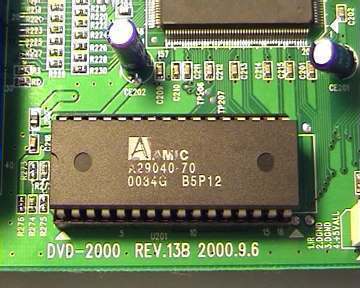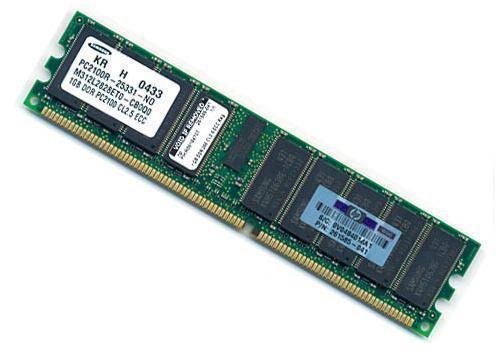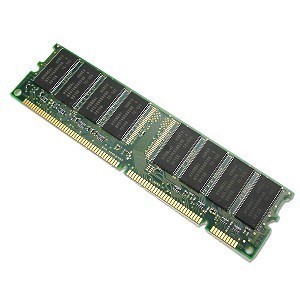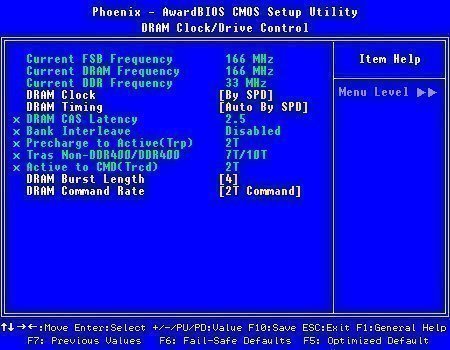EEPROM stands for Electrically Erasable Programmable Read-Only Memory. An EEPROM is like an EPROM chip since it can be written in or programmed more than once. Unlike the EPROM chip, however, an EEPROM chip need not be taken out of the computer or electronic device of which it is part when a new program or data needs to be written on it.
Selective programming can be done to an EEPROM chip. The user can alter the value of certain cells without needing to erase the programming on other cells. Thus, sections of data can be erased and replaced without needing to alter the rest of the chip's programming.
Data stored in an EEPROM chip is permanent, at least until the user decides to erase and replace the information it contains. Furthermore, the data stored in an EEPROM chip is not lost even when power is turned off.

History of the EEPROM
The EEPROM is a modification of the EPROM and was designed by George Perlegos . Its development began in 1978 while Perlegos was still employed by Intel. However the archetypal EEPROM still had to be taken out of the computer or electronic device of which it was part if any reprogramming was necessary.
When Perlegos left Intel to form Seeq Technology, he designed the first fully functional EEPROM. To eliminate the necessity of external programming, Perlegos and company made the insulating layer thinner and integrated an oscillator and capacitor circuit into the memory chip itself. This charge pump can produce the necessary programming voltage. Since it is fully integrated in every EEPROM chip, there is no need to take out the EEPROM chip for erasing and programming. To configure an EEPROM chip, an electric field produced by the charge pump is applied locally to cells marked for modification.
EEPROM Structure
The EEPROM chip is physically similar to the EPROM chip. It is also composed of cells with two transistors. The floating gate is separated from the control gate by a thin oxide layer. Unlike the EPROM chip, however, the EEPROM chip's oxide layer is much thinner. In EEPROM chips, the insulating layer is only around 1 nanometre thick whereas in EPROM chips, the oxide layer is around 3 nanometres thick. The thinner oxide layer means lower voltage requirements for initiating changes in cell value.
Tunneling the electrons of the floating gate towards the oxide layer separating the floating gate and the control gate is still the method of changing a bit's value from 1 to 0. To erase EEPROM programming, the electron barrier still has to be overcome by the application of enough programming voltage.
EEPROM Limitations
While the EEPROM can be reprogrammed, the number of times it can be altered is limited. This is the main reason why EEPROM chips are popular for storing only configuration data such as the computer's BIOS code which doesn't require frequent reprogramming. The oxide insulating layer can be damaged by frequent rewrite. Modern-day EEPROMs can be rewritten up to a million times.




Suleman dansharif
😮 i put *#7337# my network vanish
Sajid Siddiq
Put ur phone on and enter this code *#7337#
then 01234567899876543210#
this worked on my Samsung E250i.
My Samsung works fine now…
😀 😆 🙂 😉 8) 😐 :-* 😳 🙁 😥 😮 😕 😡 😮 :zzz 😛 🙄 :sigh:
Adityanaditi
hi..
i hav entered a code in my samsung E250i “*#7337#”
i came to know thwt this code wil reset EEPROM
But now, the network of my cel ha vanished..
Plz help me…. how to get them back????
Yhanks……..
I M WATING . . . . . . 🙁